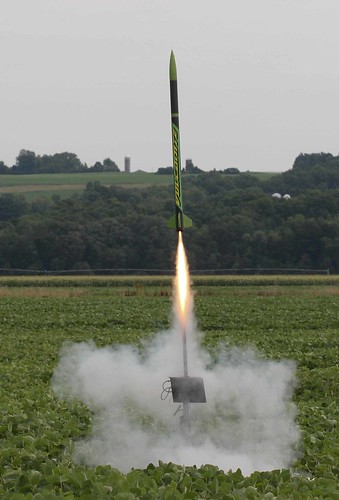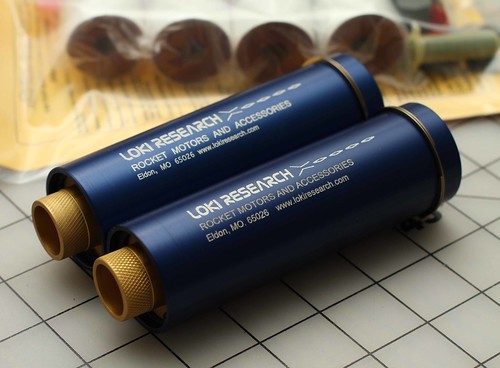Quite an ambitious (and worthwhile) project. For others like me, who hadn't heard about SEDS before:
https://seds.org/wp-content/uploads/2014/01/USRC-2015-Rules1.pdf
Some of the particulars:
2. The objective of the competition is to design, build, and launch a multi-stage rocket to an altitude of at least 3000 feet above ground level (AGL) and recover the rocket intact. To compensate for the effects of launches at high-altitude launch sites, 0.002 times the elevation of the launch site above sea level, in feet, will be subtracted from the recorded altitude (in feet) and is defined as the adjusted altitude. This offsets the reduced engine/vehicle mass necessary to achieve the target height at these higher altitudes. Scoring will be based on the team's adjusted altitude.
3. All rockets must contain two or more stages. A stage is defined as a distinct portion of the rocket which provides thrust independently from other stages. Stages must burn sequentially, e.g., the second stage must burn after the first stage burn has completed. Engine clusters burning simultaneously are permissible but will all be considered part of the same stage. There is no upper limit to the amount of stages that the rocket may contain, however, total combined impulse of all engines must not exceed 640.0 Newton-seconds of impulse.
4. All rockets must carry a standardized payload provided by SEDS-USA. The payload will be cylindrical in shape, weigh 0.50lb, and will measure no larger than 2.14 inches in diameter and 5.00 inches in length. The payload must not detach from the rocket at any point during the flight and must be recovered intact and returned to SEDS-USA. The interface to this payload will be standard and further information will be provided at a later date. Tampering with the payload outside of normal operating procedures (as defined by SEDS-USA) is prohibited and will result in disqualification from the competition.
5. The provided payload will contain a standardized altimeter and data logger which will be used by all teams. Official data used in the competition scoring will be obtained only for this payload. Teams may use additional altimeters, sensors, and data loggers but only the data collected by the provided payload will be considered official.
...
b. Flight score
i. Altitude - One point will be awarded for every 200 feet of adjusted altitude reached by the rocket during flight, as measured by the provided payload.
ii. 3500 foot altitude bonus - 5 points will be awarded to teams who achieve an adjusted altitude of 3500 feet or higher. No points will be awarded to teams who do not reach this altitude.
iii. Staging bonus - Rockets that contain a third stage will receive a bonus of 4 points for a successful stage ignition. Rockets that contain four or more stages will receive a bonus of 6 points for ignition of each successive stage.
iv. Payload recovery bonus - 5 points will be awarded to teams whose rocket, less any discarded stages, is recovered without damage. "Without damage" is defined as a rocket that could be flown again if the propulsion system is reloaded and the recovery devices re-packed, without any further repairs to the rocket.
v. Stage recovery bonus - 3 points will be awarded for each discarded stage that is recovered without damage.
c. Multimedia documentation - A maximum of 10 points will be awarded for video documentation of the rocket flight. 6 points will be awarded for high-definition video taken from a camera onboard the rocket. 2 points will be awarded for high-definition video or high-resolution images taken of the launch from the ground, and an additional point will be awarded if photos and videos submitted by teams are well processed and presented.






